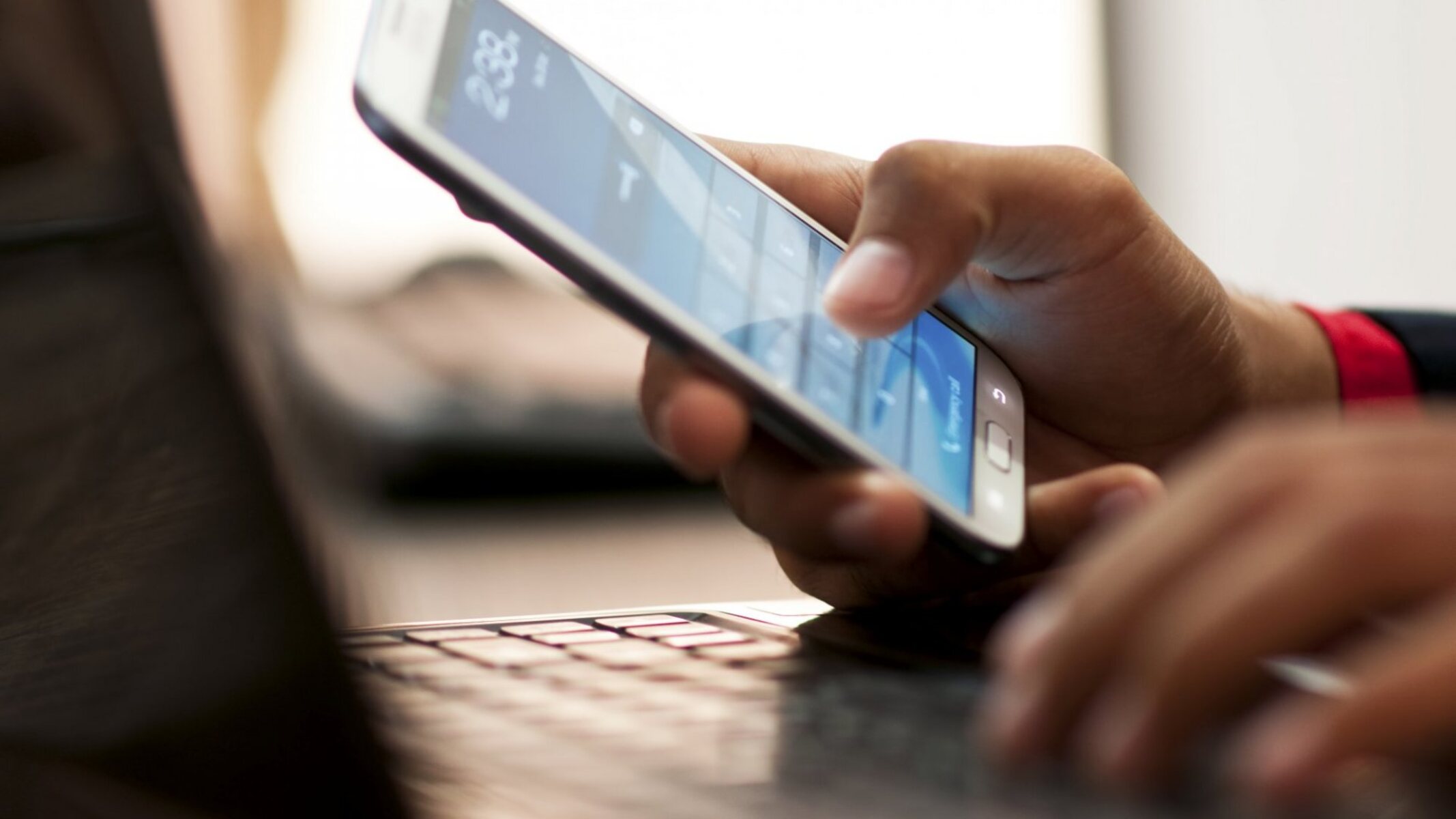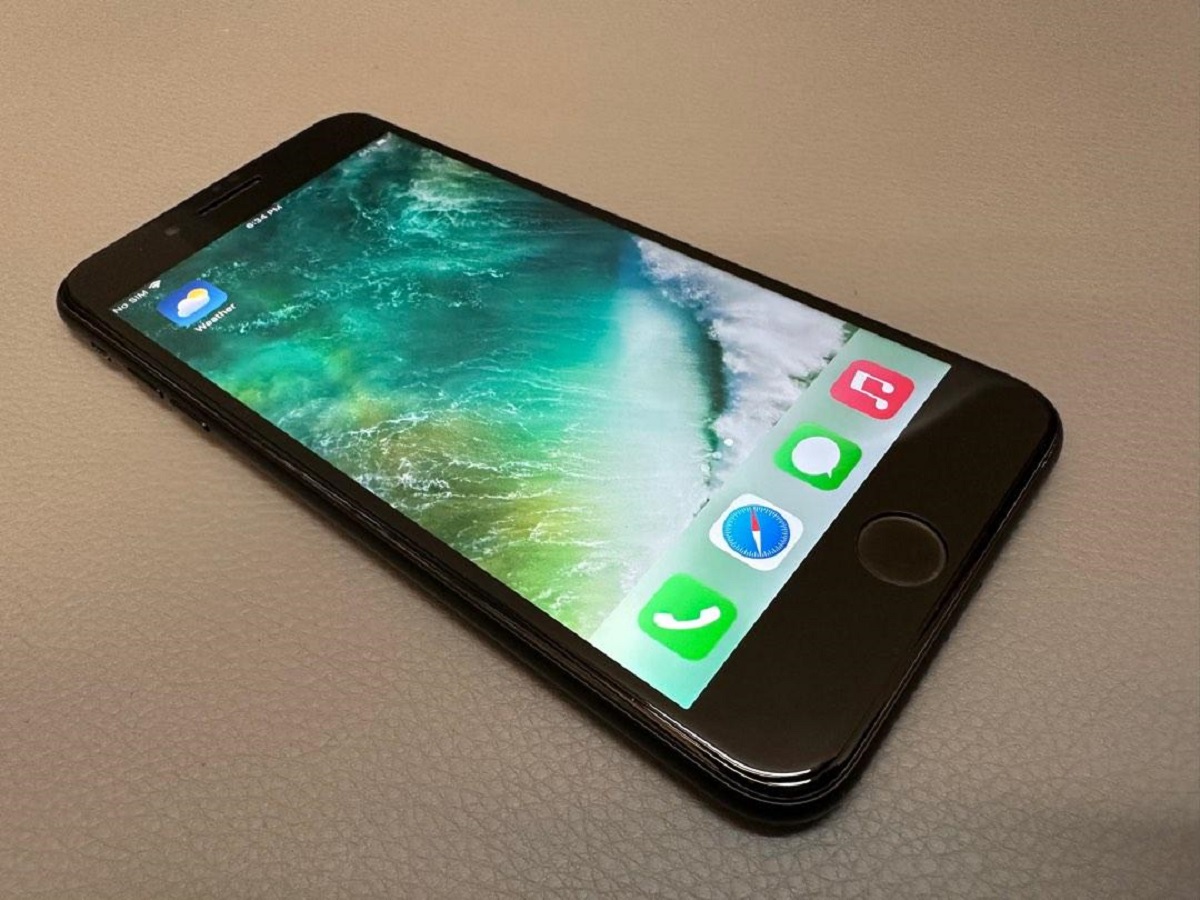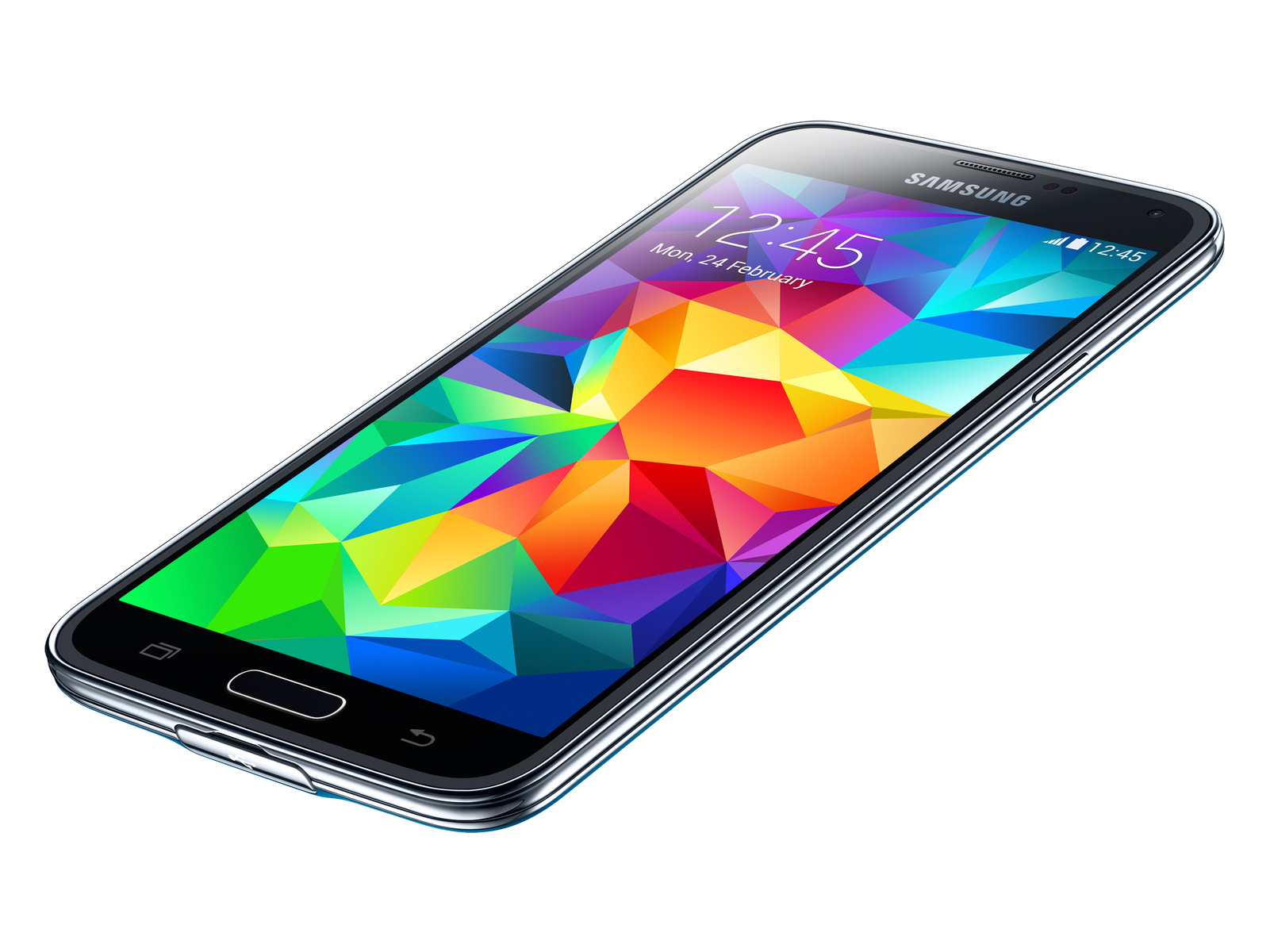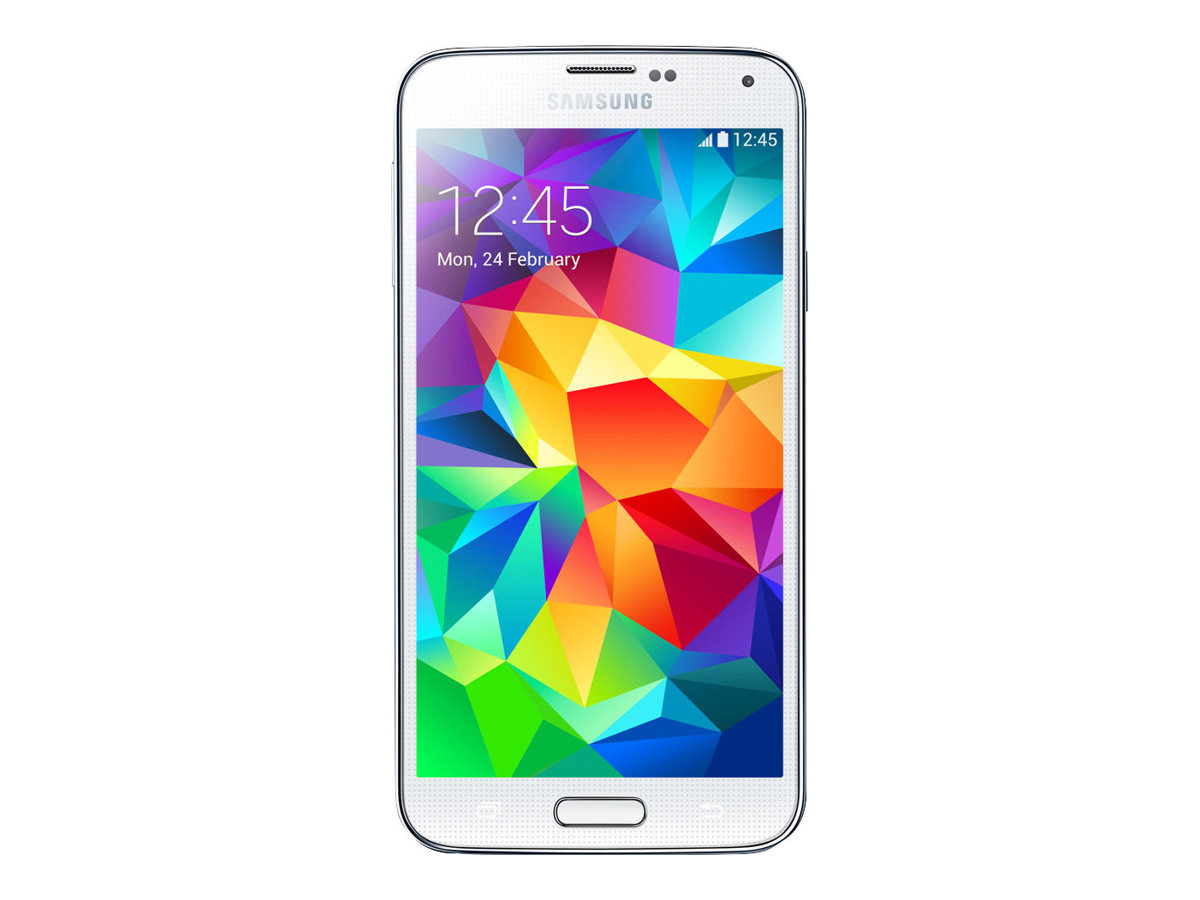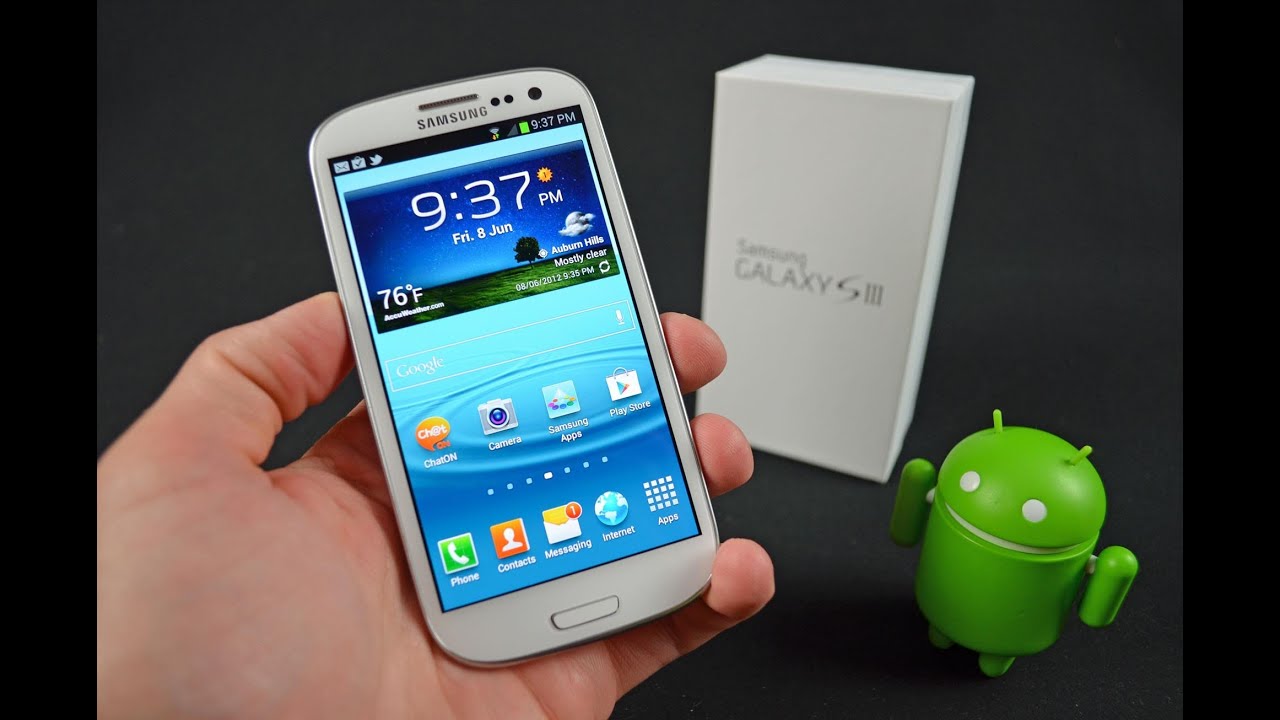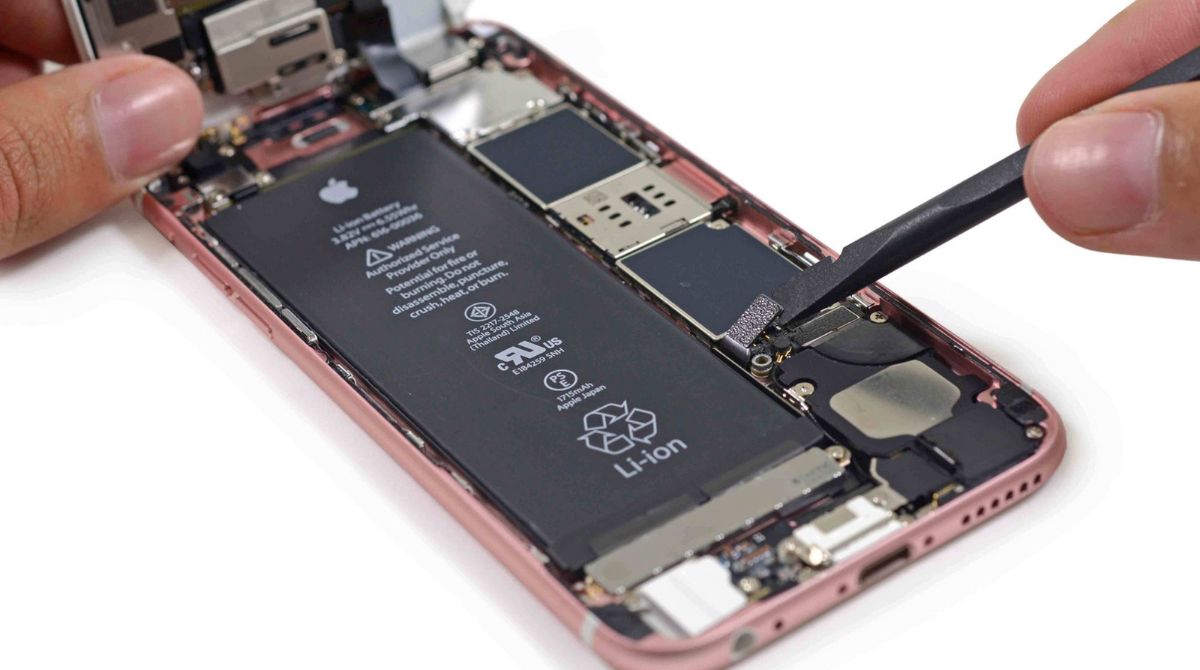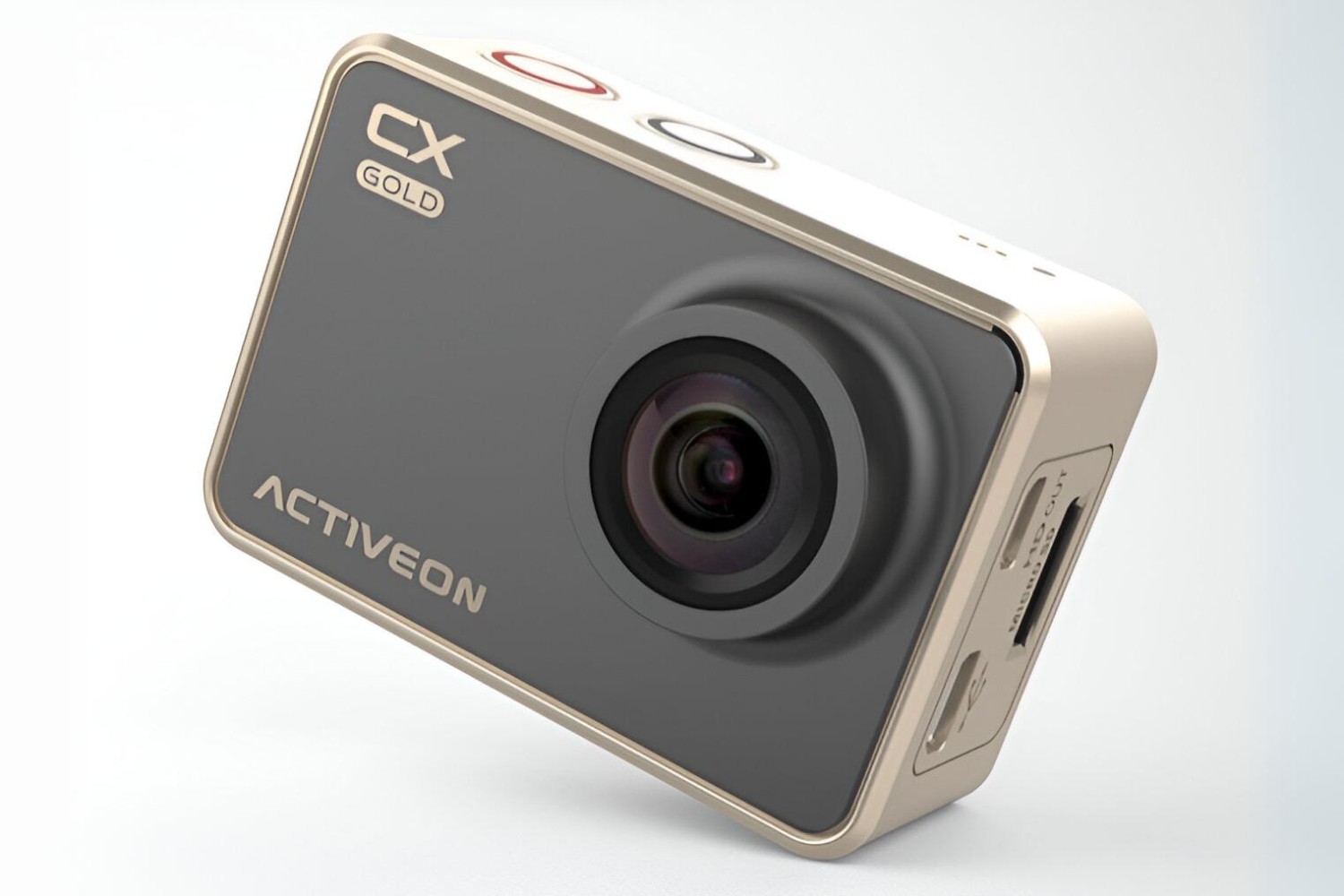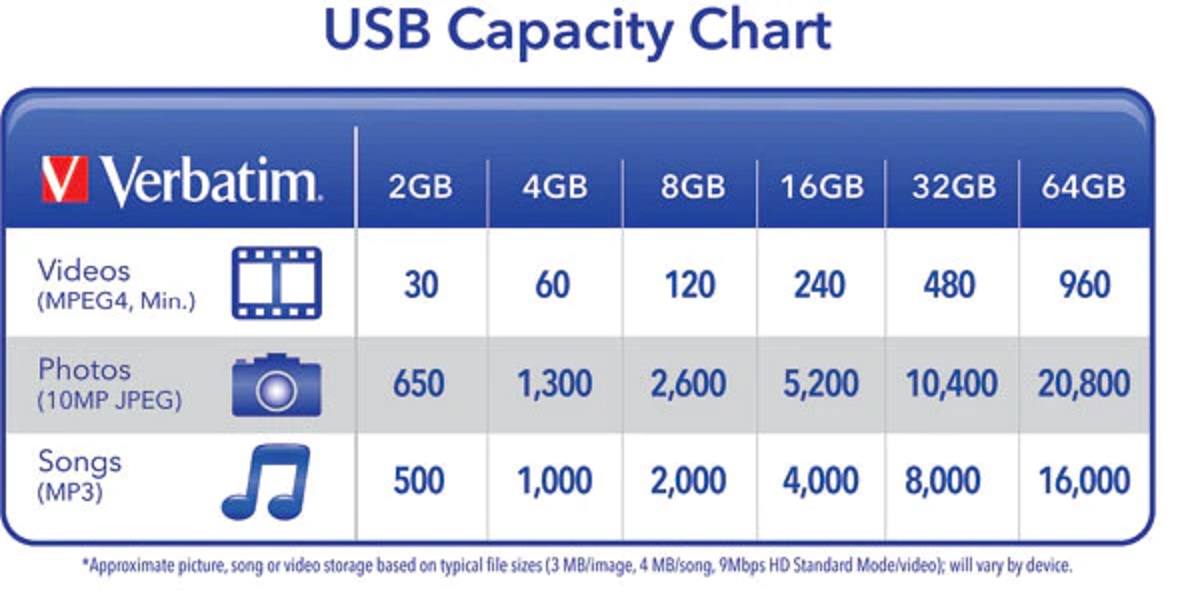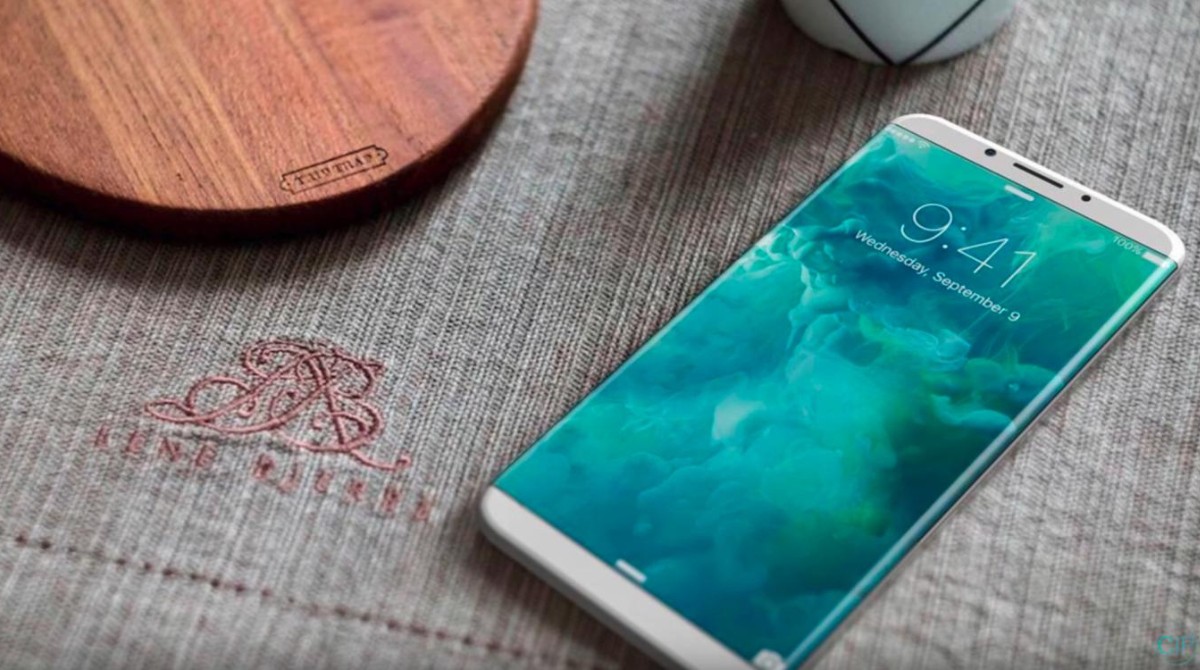Introduction
In today’s digital age, smartphones have become an essential part of our lives. Whether we use them for staying connected with loved ones, browsing the internet, or streaming our favorite shows, one thing is for sure – data is crucial for the smooth functioning of these devices. When it comes to data plans, one common question that arises is: how much is 2GB of data on a smartphone? Understanding the value and utilization of 2GB of data can help us make better decisions about our data plans and prevent unexpected charges.
Before we dig into the specifics, it’s important to clarify what exactly 2GB of data means. In simple terms, data refers to the information that is transmitted over the internet. Whether it’s sending an email, watching a video, or using social media apps, every action connected to the internet consumes data. Data plans are designed to allocate a certain amount of data to users within a given timeframe.
Knowing how much data is in a 2GB plan is essential to grasp the limitations and possibilities it offers. In this article, we will explore the significance of 2GB of data, its approximate duration of usage, and some insights into how it is consumed. By the end, you’ll have a clear understanding of what 2GB of data means for your smartphone experience.
What is 2GB of Data?
To comprehend the value of 2GB of data on a smartphone, it’s essential to understand what this measurement represents. The acronym “GB” stands for gigabyte, which is a unit of digital information storage. One gigabyte is equivalent to 1,024 megabytes (MB), and 2GB is its double, giving us 2,048MB of data to work with.
In terms of data usage, 2GB can be considered a moderate amount. It provides a sufficient allowance for regular internet browsing, social media usage, email, and light streaming. However, it might fall short if you frequently stream videos, download files, or play online games, as these activities consume more data.
In terms of email usage, 2GB of data can support thousands of text-based emails without any attachments. However, if you receive or send emails with large attachments like images or documents, the data usage will increase based on the file size.
When it comes to web browsing, 2GB can allow for hours of surfing and reading articles. The data consumed while browsing largely depends on the websites visited and their content. Websites with heavy multimedia elements like videos, images, and animations will use more data compared to text-heavy sites.
Social media platforms are a significant contributor to data usage on smartphones. With 2GB of data, you can expect to spend a considerable amount of time on platforms like Facebook, Instagram, Twitter, and LinkedIn without running out of data. However, streaming videos on these platforms or uploading high-resolution photos and videos can quickly eat into your data allowance.
Overall, 2GB of data can be considered a reasonable amount for moderate usage. However, it’s important to keep in mind that data consumption varies depending on individual usage habits and the apps or services being utilized.
How Much Data is 2GB?
Understanding the amount of data that 2GB represents can help put your smartphone usage into perspective. To break it down, 2GB is equivalent to 2,048 megabytes (MB) or 2,097,152 kilobytes (KB). This allocation of data can be used for a variety of digital activities, but it’s important to know how quickly it can be consumed.
To give you a better idea, let’s explore some common data-consuming activities and the approximate data usage they entail:
- Sending and receiving emails: On average, a simple text-only email consumes around 10KB to 15KB of data. With 2GB, you can send or receive approximately 139,810 to 209,715 emails.
- Browsing the web: This can vary significantly depending on the content you access. On average, loading a webpage without too many graphics consumes around 500KB to 1MB of data. With 2GB, you can browse around 2,097 to 4,194 webpages.
- Streaming music: Streaming music at a standard quality consumes around 1MB per minute. With 2GB, you can listen to approximately 34 hours of music.
- Streaming videos: This is one of the most data-intensive activities. Streaming videos at standard definition typically uses around 1GB of data per hour. With 2GB, you can stream videos for about 2 hours.
- Social media usage: Scrolling through social media feeds, posting updates, and viewing images consume varying amounts of data. On average, social media usage consumes around 50-100KB per minute. With 2GB, you can spend approximately 34 to 69 hours on social media platforms.
These figures are approximate guidelines and can vary depending on factors such as video quality settings, app optimizations, and media-rich content. It’s essential to keep in mind that data consumption can also occur in the background, even when you’re not actively using your smartphone, through automatic app updates and synchronization.
By understanding how much data different activities consume, you can better manage your 2GB data allocation to ensure it lasts throughout your billing cycle.
How Long Does 2GB of Data Last?
The duration that 2GB of data will last depends on your individual smartphone usage and the activities you engage in. While it’s difficult to provide an exact timeframe, we can provide some general estimates based on average data consumption for common activities. Remember that these are approximate figures, and your data usage may vary.
Let’s consider a few scenarios to give you an idea of how long 2GB of data may last:
- Light usage: If you primarily use your smartphone for emailing, browsing social media, and occasional web browsing, 2GB of data can last throughout the month. With this level of usage, you could expect 2GB to provide around 200-300 hours of general internet browsing or around 50-75 hours of streaming music.
- Moderate usage: For those who engage in more frequent streaming activities, such as watching videos or using video calling apps, 2GB of data may last around 20-30 hours. This includes streaming video content at standard definition and streaming music for a few hours a day.
- Heavy usage: If you frequently stream high-definition videos, play online games, or download large files, 2GB of data may be depleted within a few days or even a few hours, depending on the intensity and duration of your usage. These activities consume significantly more data and can quickly exhaust a limited data plan.
It’s important to note that these estimates may change if you connect your smartphone to Wi-Fi networks for data-intensive activities. Utilizing Wi-Fi whenever possible can help conserve your mobile data and extend the duration of your 2GB allocation.
To get a more accurate understanding of your personal data usage, you can check your smartphone’s settings or download data monitoring apps that provide detailed insights into your data consumption. By keeping track of your usage patterns, you can make informed decisions about your data plan and adjust your behavior accordingly.
Remember that it’s always better to have some data remaining at the end of your billing cycle to avoid incurring additional charges or experiencing reduced internet speeds. Being aware of your data usage can help you manage your 2GB efficiently and ensure you have a seamless smartphone experience throughout the month.
How 2GB of Data is Utilized
Understanding how 2GB of data is utilized can help you make informed decisions about your smartphone usage and optimize your data allocation. Here’s a breakdown of how this data is typically consumed across various activities:
- Emails and messaging: Sending and receiving text-based emails and messages consume minimal data. As mentioned earlier, each email typically uses around 10KB to 15KB of data. This means that with 2GB, you can send or receive hundreds of thousands of emails without exhausting your data allowance.
- Web browsing: Browsing the internet involves loading web pages, which can vary in terms of data usage. Simple websites with mostly text can consume around 500KB to 1MB per page. With 2GB, you can browse hundreds or even thousands of web pages and access a plethora of information.
- Streaming music: Streaming music at standard quality typically uses around 1MB per minute. With 2GB, you can listen to hours of music on popular music streaming platforms. However, streaming music at higher quality or for extended periods can consume more data.
- Streaming videos: Watching videos online consumes a substantial amount of data. On average, streaming videos at standard definition consumes around 1GB per hour. With 2GB, you can enjoy several hours of video content. However, streaming videos at higher resolutions like HD or 4K can quickly deplete your data allocation.
- Social media usage: Social media platforms, while not as data-intensive as video streaming, still consume a significant amount of data. Scrolling through feeds, uploading photos, and watching short videos contribute to data usage. With 2GB, you can stay connected on social media for numerous hours and engage with your friends and followers.
- App downloads and updates: Downloading and updating apps through mobile data can consume a considerable amount of data, especially for large-sized apps or frequent updates. It’s advisable to use Wi-Fi whenever possible for these activities to avoid depleting your data allowance.
- GPS and navigation: Using GPS navigation apps like Google Maps or Apple Maps while driving consumes data. However, the data usage for navigation purposes is minimal, generally a few hundred kilobytes per hour. With 2GB, you can navigate for countless hours without worrying about exceeding your data limit.
It’s important to note that these estimates are general guidelines, and data consumption can vary depending on factors such as app optimizations, quality settings, and individual usage habits. To get a more accurate understanding of your data usage, it’s recommended to check your smartphone’s data usage statistics or use reliable data monitoring apps.
By being aware of how 2GB of data is utilized, you can make conscious choices about your smartphone activities, optimize your data usage, and ensure that you stay within the limits of your data plan throughout the month.
Understanding Data Usage for Different Activities
Data usage varies across different activities on your smartphone. It’s important to have a clear understanding of how much data each activity consumes to effectively manage your 2GB data allocation. Let’s delve into the data usage for various common smartphone activities:
- Streaming video: Streaming video content is one of the most data-intensive activities. The amount of data consumed depends on factors like video quality and duration. On average, streaming videos at standard definition can use around 1GB of data per hour, while high-definition (HD) or 4K streaming can use significantly more data. To conserve data, consider adjusting the video quality settings or downloading videos when connected to Wi-Fi for offline viewing.
- Streaming music: Streaming music consumes considerably less data compared to video streaming. On average, streaming music at standard quality uses around 1MB per minute. If you’re concerned about data usage, you can choose lower-quality streaming options or download songs when connected to Wi-Fi for offline listening.
- Web browsing: Browsing the internet involves loading web pages, and the data consumed depends on the size and content of these pages. On average, loading a webpage consumes around 500KB to 1MB of data. To conserve data while browsing, avoid opening multiple tabs simultaneously and consider using data-saving modes or browser extensions.
- Video calls: Video calls, whether through apps like FaceTime, WhatsApp, or Skype, utilize a significant amount of data. On average, a 10-minute video call can consume around 30-40MB of data. If you’re on a limited data plan, consider using Wi-Fi for video calls whenever possible or opting for audio calls instead.
- Social media: Social media platforms like Facebook, Instagram, and Twitter are popular sources of entertainment and connectivity. While individual posts and scrolling through feeds use relatively small amounts of data, watching videos, uploading high-resolution photos, and using features like Stories can consume more data. To manage data usage on social media, limit video autoplay settings, upload compressed images, and try to use Wi-Fi for data-intensive activities.
- Online gaming: Online gaming can consume varying amounts of data depending on the game and its features. Multiplayer games, especially those with high-quality graphics and frequent updates, tend to use more data. It’s advisable to download game updates and play games that require less data when connected to Wi-Fi.
- Email and messaging: Sending and receiving text-based emails or messages consume minimal amounts of data. Each email typically uses around 10KB to 15KB of data, while text messages use even less. However, attachments like images or documents can significantly increase data usage, so be mindful of the file sizes when downloading or sending attachments via mobile data.
By understanding the data usage for different activities, you can make conscious choices about your smartphone usage and optimize your data allocation. Monitoring your data usage regularly, adjusting settings to conserve data, and utilizing Wi-Fi whenever possible are effective ways to make the most out of your 2GB data plan without exceeding your limits.
Tips to Manage Data Usage Effectively
Managing data usage effectively is essential in order to make the most out of your 2GB data plan. By adopting some smart habits and following these tips, you can optimize your data usage and prevent unexpected charges:
- Monitor your data usage: Keep track of your data consumption by checking your smartphone’s built-in data usage feature or using data monitoring apps. This will help you understand which apps and activities consume the most data and make necessary adjustments.
- Connect to Wi-Fi: Whenever possible, connect to Wi-Fi networks to access the internet. This will not only help conserve your mobile data but also provide faster and more stable internet connectivity.
- Limit video streaming: Streaming videos, especially at high-quality resolutions, can quickly deplete your data allowance. Consider opting for lower quality settings or downloading videos for offline viewing when connected to Wi-Fi.
- Adjust app settings: Many apps have settings that allow you to minimize data usage. For example, you can disable auto-play for videos on social media platforms, enable data-saving modes in browsers, or restrict background data usage for specific apps.
- Compress images: When uploading images to social media or sending them via messaging apps, compress them to reduce file size and conserve data. Numerous apps are available that can compress images without significantly compromising their quality.
- Use offline modes: Take advantage of offline modes available in various apps, such as maps, music streaming services, and reading apps. This allows you to download content while connected to Wi-Fi to access it later without consuming data.
- Disable auto-updates: Automatic app updates can consume a significant amount of data. To control when updates occur, disable auto-updates for apps or set them to only update when connected to Wi-Fi.
- Restrict background data: Some apps continue to use data in the background even when you are not actively using them. Review your app settings and restrict background data usage for apps that are not essential.
- Use data-saving browser modes: Several browsers offer data-saving modes that compress web pages and reduce data usage. Activate these modes to browse the internet while using less data.
- Educate yourself: Stay knowledgeable about the data usage policies and features of your mobile network provider. They may offer data-saving features, special plans, or data add-ons that can help you manage your data usage effectively.
By implementing these tips and being mindful of your data usage, you can stretch your 2GB data plan further and avoid unexpected data charges. Understanding and managing your data consumption allows you to stay connected while staying within your budget.
Conclusion
Understanding how much 2GB of data on a smartphone can provide is crucial for managing your data usage effectively. By grasping the value of 2GB and having insights into various activities’ data consumption, you can make informed decisions about your smartphone usage and avoid exceeding your data plan limits.
We’ve explored that 2GB of data can support activities like emailing, web browsing, social media usage, and even moderate streaming. However, data-intensive activities like high-definition video streaming and online gaming can quickly deplete your data allocation. It’s important to assess your usage habits and adjust accordingly to ensure that your 2GB lasts throughout your billing cycle.
To manage your data effectively, consider monitoring your usage, connecting to Wi-Fi networks whenever possible, adjusting app settings to conserve data, and educating yourself about your mobile service provider’s data-saving features. These practices can help optimize your data usage and prevent unexpected charges.
Remember, data consumption can vary based on individual usage patterns, app optimizations, and other factors. Regularly checking your data usage statistics, using data monitoring apps, and staying aware of data-saving options provided by your smartphone and apps will enable you to stay in control of your data usage.
By following these tips and applying a conscious approach to your smartphone activities, you can make the most out of your 2GB data plan and ensure a seamless and cost-effective smartphone experience. Enjoy all the benefits of your smartphone while staying within your data limits!







